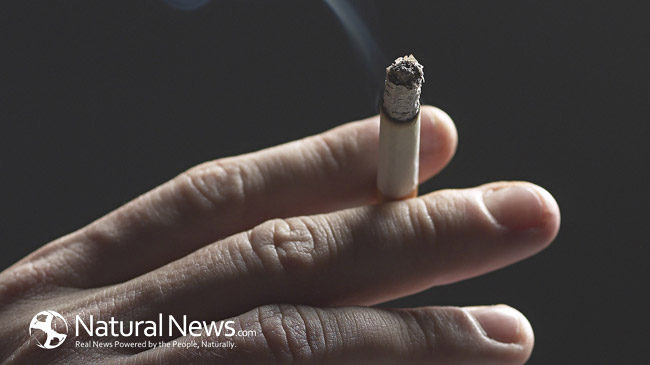We arguably live in better times. According to the Centers for Disease Control and Prevention (CDC), exposure to second-hand smoke in the US has been halved since the turn of the millennium, as much thanks to a dwindling flock of smokers as ever-multiplying smoking bans and smoking-prohibitive households. From 2000 to 2012, the number of non-smokers in the US who were exposed to second-hand smoke decreased from 53 percent to 25 percent.
This does not in any way mean the danger has receded. Second-hand smoke is still very much a bane of society. Since 1964, second-hand smoke exposure has taken some 2.46 million lives; 49,000 died in 2005 alone. Tobacco smoking is still the single largest cause of preventable death in the US, tied to over 480,000 related deaths every year.
It appears we aren’t in the clear (air) yet.
Anatomy of danger
Second-hand smoke is a combination of mainstream smoke (smoke inhaled and exhaled by the smoker) and sidestream smoke (smoke not inhaled and floating in the air). To understand the perils of second-hand smoking, you need to know the toxic chemicals in tobacco smoke. Of the 7,000 chemical compounds in second-hand tobacco smoke, around 250 are identified to be poisonous.
For starters, the same compound found in vehicular exhaust, carbon monoxide, can be found in cigarette smoke. You can also find the very substances used to make rodent poison, paint thinners, fertilisers, nail polish removers, and other stuff that you should never ingest, much less inhale. If you don’t know already, tobacco smoke accumulates in the lungs as tar, hampering lung function.
Seventy of the chemicals found in second-hand smoke are dubbed as carcinogenic. In fact, the US Environmental Protection Agency (EPA), National Toxicology Program, and the International Agency for Research on Cancer all categorize second-hand smoke as a Group A carcinogen. The CDC estimates that every year, around 3,400 succumb to lung cancer triggered by second-hand smoking.
Your heart also bears the brunt of secondhand smoke. It is a known cause of coronary heart disease, and increases non-smokers’ risk of cardiovascular disease by as much as 30 percent. Every year from 2005 through 2009, some 34,000 adult non-smokers perished from cardiovascular disease attendant on secondhand smoking.
It seems like every year yet another serious health condition is chalked up to passive smoking. In 2014, the US surgeon-general added stroke to an increasingly long list of debilitating conditions caused by second-hand smoke.
Children aged between 3 and 11 bear the highest exposure to second-hand smoke, more than any other age group. Passive smoking can be blamed for at least 150,000 annual cases of respiratory ailments in children below 18 months old. It also exacerbates the severity of asthma and causes middle ear infections in children.
Most worryingly, many cases of Sudden Infant Death Syndrome (SIDS) are attributable to secondhand smoking. In 2005, 430 cases of infants who succumbed to smoking-related SIDS were documented.
How to avoid secondhand smoke
There is no minimum threshold for secondhand smoke for it to begin wreaking havoc on the human body. In 2006, the US surgeon general reported that the smallest amount of secondhand smoke can already translate to a myriad of health corollaries. There is no such thing as a safe level of passive smoking, contrary to popular opinion.
While upholding smoking bans in public spaces and workplaces have been undoubtedly effective, you can enact measures of your own to reduce you and your family’s exposure to tobacco smoke. For one, you can forbid individuals from smoking in your house or near it. Forbid smoking inside the car, even with open windows. Do not rely on air filters; they simply cannot screen all secondhand smoke. Segregating non-smokers from smokers in one room have also been proven to be ineffective.
If you live in a high- or medium-density dwelling, ask your landlord to enforce a non-smoking policy or impose one. If you must eat out, choose restaurants, eateries, and fast foods that prohibit smoking. Instruct your kids to elude second-hand smoke.
Finally, set a good example and quit smoking yourself.





